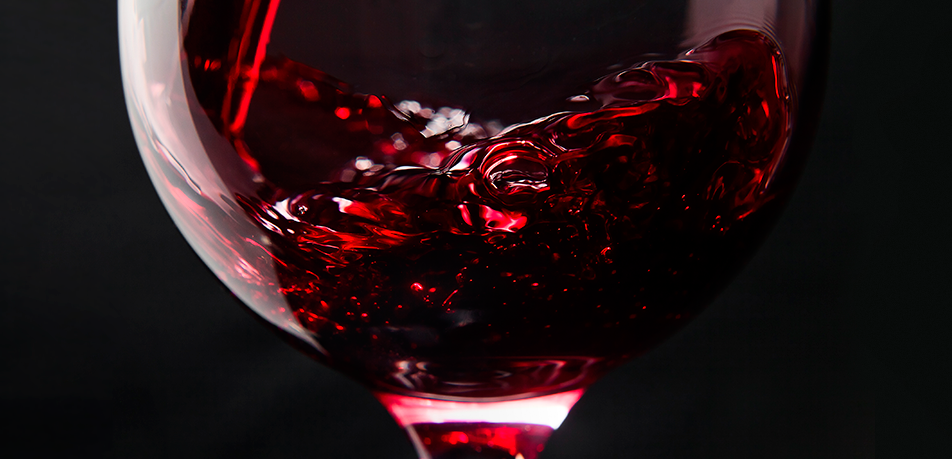Wine Trends That Are Here to Stay

The wine sector might seem immutable, but it does evolve and has done so particularly in recent years. We have witnessed a series of trends that have been around long enough now to be described as standards. Here are the ones that have come to stay:
A commitment to what is indigenous or local
Whereas in the 1970s, French varieties conquered Spanish vineyards to the point of taking over entire winery catalogs, a few years ago the trend began to turn back.
Winemakers realized that there was only one way to beat the international competition: identity. Landscape, terroir, region, uniqueness... These are the foundations for building a winemaking narrative; an added value that transforms our wines into worthy ambassadors of their place of provenance. As a result, we have not only seen a return to growing the grapes particular to a geographic area—even replacing French varieties—but many wineries are conducting research to bring back lesser-known local varieties or ones that had vanished almost completely.
At this time, for example, Sumoll is the apple of many an enologist's eye, who are applying the trial and error method in the lab to recover indigenous varieties. Sumoll has gone from almost complete obscurity to being present in many wines on the market.
In terms of wineries, Familia Torres offers a perfect example, given how one of its projects is dedicated to precisely this goal. In fact, the winery might be the leader in reviving varieties—more than fifty so far—although its team is still investigating which ones are the most suitable for producing quality wines.
Protecting regional identity
Where the grapes are grown—an area with distinctive topographical and climatic characteristics—represents another tool for achieving identity.
In Spain, we currently have the following designations: D.O. (appellation of origin), D.O. Calificada (qualified appellation of origin, which applies only to La Rioja and Priorat), and pagos (single estates or vineyards). This year, a fourth designation joined the list: Paraje Calificado. This category is exclusively aimed at cavas and strives to distinguish those made from vineyard lots endowed with a series of specific attributes that guarantee excellent quality. The strategy is designed to champion particular enclaves that stand apart from their surroundings. The introduction of the Clàssic Penedès concept represents another approach to singling out specific wines, in this case, all sparkling wines with the following characteristics: organic reserva wines made in the D.O. Penedès.
Wines made from fruit other than grapes
Until recently, the most popular option on the wine market was the Naranja (orange) wine from the D.O. Condado de Huelva. However, the basis for this particular wine is still grape must. The orange figures into the winemaking process as a flourish of sorts, steeping the rind into the must as a way of aromatizing it. What we are talking about here, however, are wines that substitute grapes for other fruit. Upon closer examination, it is clear that this is nothing new. In fact, several brands have been working in this direction for a long time. Nevertheless, it has only been in recent years that the formula has been perfected, and we have seen well-established wineries making the bold move of presenting fruit wines as innovative products at fairs, congresses, showcases and tastings.
Obviously, these types of products have raised objections from purists who question whether they should be referred to as wine. Winemakers have responded by describing this as a new avenue to explore and insisting that it is time to be open-minded and less resistant to change. El Celler de Can Roca presented Ars Natura Líquida this year, a project that sees them join forces with Joan Carbó, an agricultural engineer, and Bernat Guixer, a PhD in chemistry, to create new beverages like sweet raspberry or apricot wine.
Healthy, of course
While the world of food saw a flood of super-powered ingredients and all things organic, wine was not far behind. There is a noteworthy rise in wineries that have transitioned their vineyards to organic—or even biodynamic—farming, and a new philosophy is taking hold that emphasizes environmental awareness and addresses climate change. When in recent years the harvest period suddenly began earlier and earlier, even the most skeptical awoke to an increasingly worrisome reality.
In addition, more and more wineries are earmarking part of their budget—or creating specific departments—to develop strategies related to this issue. Recycling water, installing photovoltaic arrays, replacing halogens with LEDs, building underground spaces or using natural, animal-derived fertilizers are among the many energy-saving measures. Familia Torres, with its Torres & Earth project, is a good example of this.
Serious, but not excessively so
It is no secret that younger consumers are the wineries' great target. This is why bottle labels began sporting informal, irreverent and eye-catching names, combined with cheerful colors. Whereas for years, oak predominated in Spanish wines, now the emphasis is on fruit, freshness and youth—except for cavas where the tendency is to extend aging. On the shelves of wine shops, we see fewer complex wines, which now sit alongside other, less sophisticated options.
In addition, new ways of enjoying wine are on the rise: from mixing wine into cocktails to serving it with an unusual garnish like candy.
Other tools include smaller bottle sizes, revamped bottle designs, a greater selection of by-the-glass options at restaurants, updated advertising, demythologizing the sector or the proliferation of media appearances by industry professionals, such as sommeliers.
